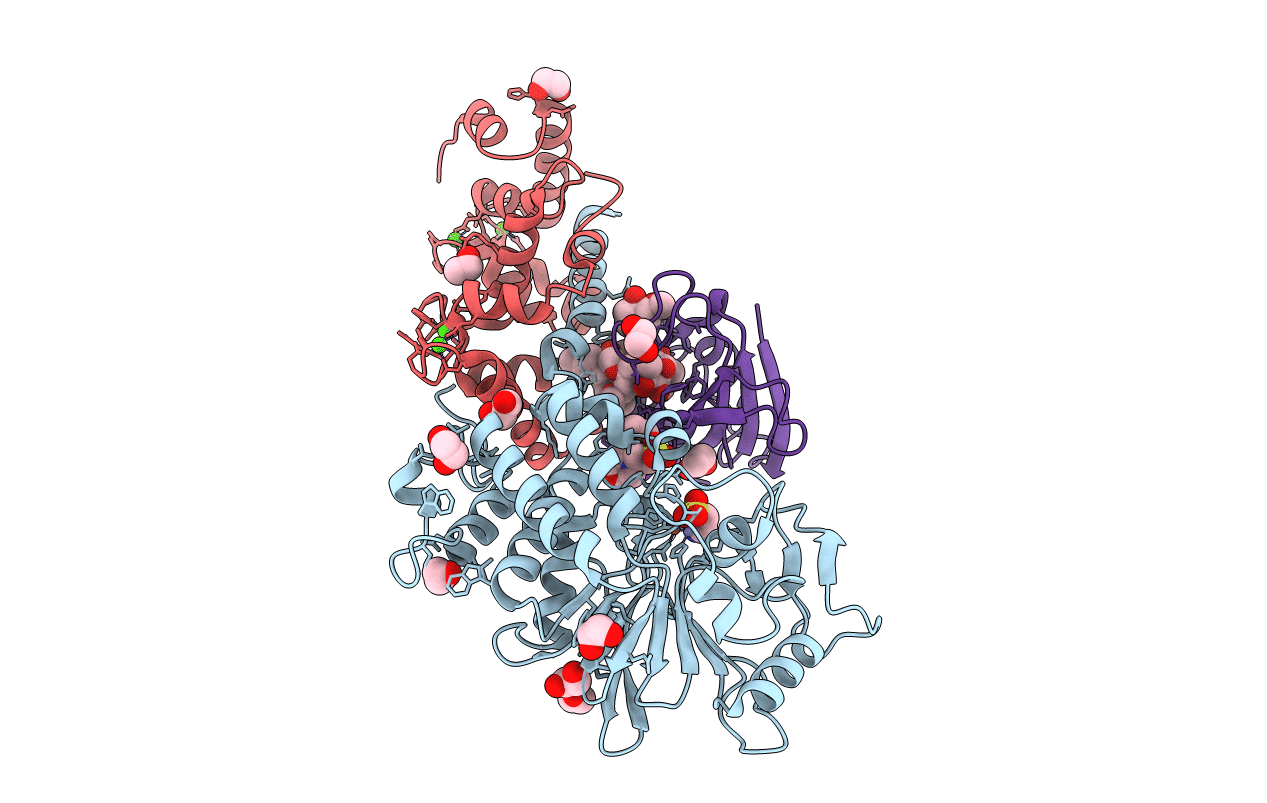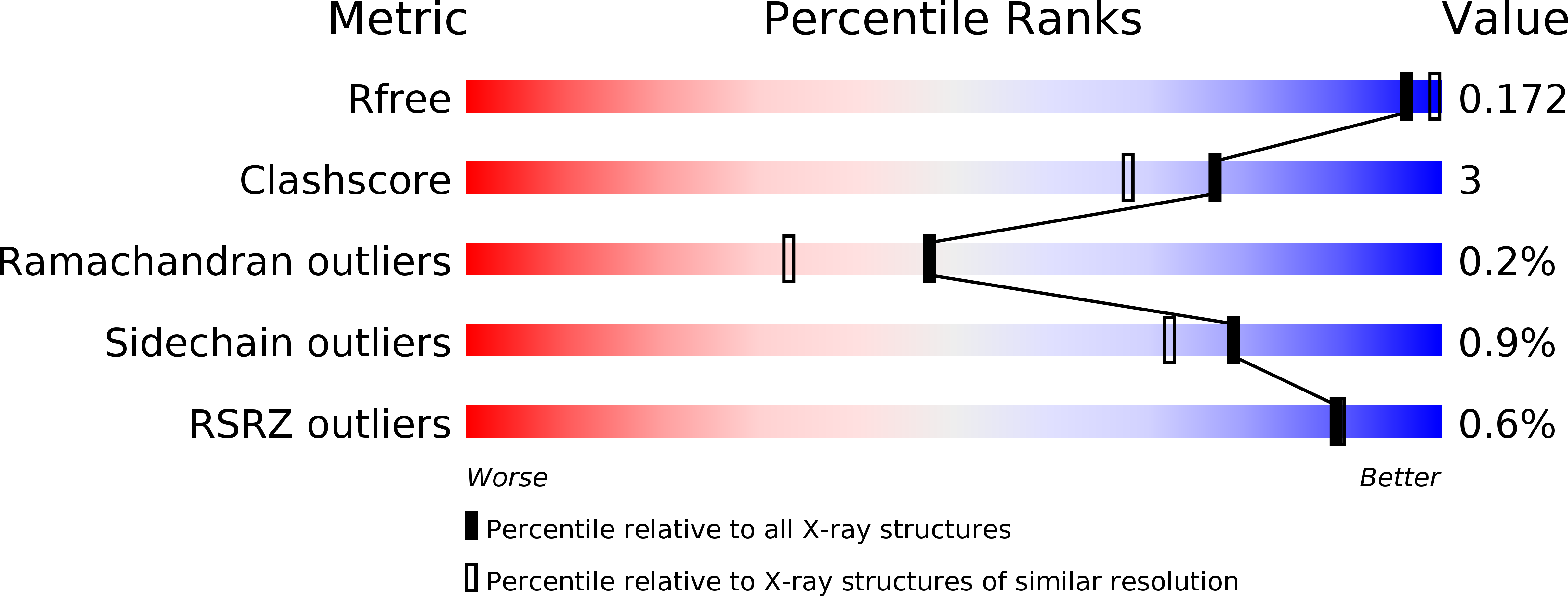
Deposition Date
2015-05-03
Release Date
2015-05-20
Last Version Date
2023-09-27
Entry Detail
PDB ID:
5B8I
Keywords:
Title:
Crystal structure of Calcineurin A and Calcineurin B in complex with FKBP12 and FK506 from Coccidioides immitis RS
Biological Source:
Source Organism:
Coccidioides immitis (strain RS) (Taxon ID: 246410)
Host Organism:
Method Details:
Experimental Method:
Resolution:
1.85 Å
R-Value Free:
0.17
R-Value Work:
0.14
R-Value Observed:
0.14
Space Group:
P 21 21 2


